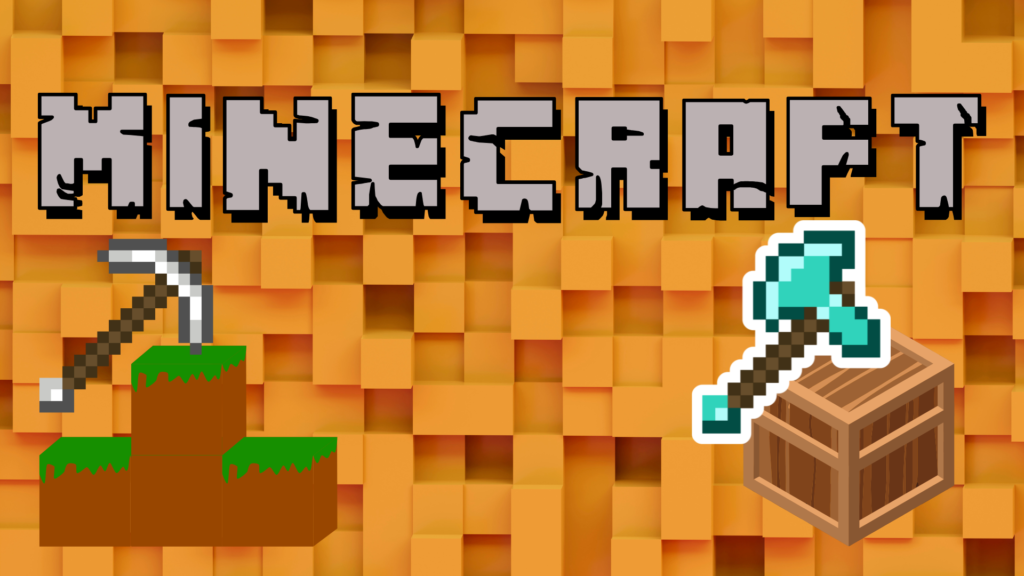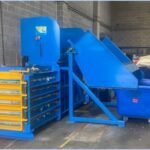Minecraft: Bedrock Edition, released in 2011, marked a pivotal evolution in the Minecraft franchise. Unlike the original Java Edition, Bedrock Edition was designed with cross-platform compatibility in mind, enabling players on consoles, mobile devices, and PCs to enjoy the game together. While gameplay mechanics, expansive worlds, and community interaction are often the focus of Minecraft discussions, an equally fascinating aspect lies in the game’s visual design, specifically its game icons and banners. These visual elements play a significant role in enhancing player immersion and personalization, reflecting the creative ethos that defines Minecraft.
The Role of Game Icons in Minecraft: Bedrock Edition
Game icons in Minecraft: Bedrock Edition are more than just decorative elements. They serve as functional and aesthetic components that guide players through menus, inventories, and crafting systems. The design of these icons adheres to Minecraft’s signature pixelated style, ensuring consistency with the game’s retro-inspired visual identity.
Icon Design Philosophy
The game’s icons are intentionally simple yet striking, utilizing a limited color palette to convey clear visual cues. This minimalist approach ensures that icons remain easily recognizable, even on smaller screens, which is crucial for Bedrock Edition’s mobile and console players. Each icon is crafted with attention to detail, balancing functionality with artistic appeal. For instance, the pickaxe icon not only represents a tool but also evokes the core activity of mining, encapsulating Minecraft’s essence in a single image.
Evolution Over Time
Since its initial release, Bedrock Edition has undergone numerous updates, each introducing new icons to reflect added features and items. Early versions featured basic icons for essential tools, blocks, and items, but as the game expanded, so did its icon library. The introduction of the Nether Update, for example, brought forth icons for new blocks like ancient debris and Netherite, showcasing the dynamic evolution of the game’s visual language.
Banners: A Canvas for Creativity
Banners in Minecraft: Bedrock Edition serve as a unique medium for player expression. Unlike game icons, which are static and standardized, banners offer players the ability to create custom designs, adding a layer of personalization to the game. These banners can be used for decoration, navigation, or even storytelling within the game world.
Crafting Banners
Creating banners in Bedrock Edition involves combining wool with a stick to form a blank canvas. Players can then use dyes and crafting patterns to apply designs. The crafting process is intuitive, yet it allows for an impressive range of creativity. By layering patterns and experimenting with color combinations, players can create everything from national flags to intricate emblems.
Functional and Decorative Uses
Banners have both functional and decorative applications. In multiplayer servers, banners often serve as identifiers for teams, factions, or guilds, fostering a sense of community and competition. In single-player worlds, they can act as navigational markers, helping players remember key locations such as villages, mines, or home bases. Additionally, banners are commonly used as decorative elements in builds, adding depth and personality to structures ranging from medieval castles to modern skyscrapers.
The Significance of Visual Identity
The visual identity of Minecraft: Bedrock Edition, as conveyed through its icons and banners, is integral to the game’s appeal. These elements not only enhance usability but also contribute to the game’s immersive atmosphere. The pixelated style ties the game’s visuals to its core mechanic of block-based construction, reinforcing the coherence of the Minecraft experience.
Accessibility and Inclusivity
The simplicity of Minecraft’s icons ensures that players of all ages and skill levels can navigate the game with ease. This inclusivity aligns with the broader philosophy of Bedrock Edition, which aims to bring players together across diverse platforms. By maintaining a consistent and intuitive visual language, Minecraft empowers players to focus on creativity and exploration without unnecessary confusion.
Cultural Impact
Icons and banners in Minecraft: Bedrock Edition have transcended the game itself, becoming symbols of the broader Minecraft community. From fan art to merchandise, these visual elements are instantly recognizable and evoke a sense of nostalgia and connection among players. They also serve as a bridge between in-game creativity and real-world expression, inspiring players to bring their Minecraft-inspired designs into tangible forms.
Challenges in Designing Icons and Banners
Creating icons and banners that resonate with millions of players worldwide is no small feat. The design process involves balancing simplicity with detail, ensuring that visuals are both functional and aesthetically pleasing. For banners, the challenge lies in providing players with enough creative freedom without overwhelming them with complexity. Mojang’s approach—offering a range of pre-designed patterns alongside the ability to create custom designs—strikes this balance effectively.
Additionally, the need to maintain consistency across multiple platforms adds another layer of complexity. Icons and banners must look equally appealing and functional on a smartphone screen as they do on a high-resolution gaming monitor. Achieving this level of versatility requires careful planning and optimization.
Future Directions for Icons and Banners
As Minecraft: Bedrock Edition continues to evolve, so too will its icons and banners. Future updates are likely to introduce new items, blocks, and tools, each requiring its own visual representation. The addition of features such as ray tracing and higher-resolution textures also opens up possibilities for enhancing the visual fidelity of icons and banners without losing their iconic pixelated charm.
Community-driven content is another area ripe for growth. With the increasing popularity of custom resource packs and mods, players are finding new ways to reimagine Minecraft’s visual elements. Mojang’s support for this creativity—through tools like the Minecraft Marketplace—ensures that icons and banners will remain a vibrant and dynamic aspect of the game.
Conclusion
Minecraft: Bedrock Edition (2011) is celebrated not only for its groundbreaking gameplay but also for its thoughtful visual design, exemplified by its game icons and banners. These elements, while often overlooked, play a crucial role in defining the Minecraft experience. Icons provide clarity and functionality, while banners offer a canvas for creativity and self-expression. Together, they reflect the spirit of Minecraft—a game that invites players to imagine, create, and connect. As the game continues to grow, its icons and banners will undoubtedly remain a cherished part of its identity, inspiring players for years to come.






